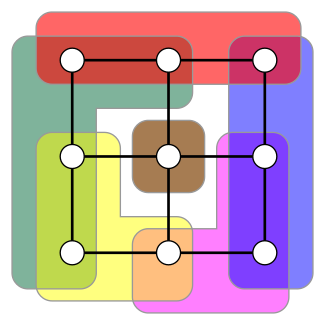
A non-biological entity with a cellular organizational structure (also known as a cellular organization, cellular system, nodal organization, nodal structure, et cetera) is set up in such a way that it mimics how natural systems within biology work, with individual 'cells' or 'nodes' working somewhat independently to establish goals and tasks, administer those things, and troubleshoot difficulties." These cells exist in a broader network in which they frequently communicate with each other, exchanging information, in a more or less even organizational playing field. Numerous examples have existed both in economic terms as well as for groups working towards other pursuits. This structure, as applied in areas such as business management, exists in direct contrast to traditional hierarchical leadership that is seen in institutions such as United States federal agencies, where one type of supervisor gives specific orders to another supervisor and so on down the line.[1][2][3]
- ^ Cite error: The named reference
Currentwas invoked but never defined (see the help page). - ^ Cite error: The named reference
McKernwas invoked but never defined (see the help page). - ^ Miles, Raymond E.; Snow, Charles S.; Mathews, John A.; Miles, Grant; Coleman, Henry J. (1997). "Organizing in the knowledge age: Anticipating the cellular form". Academy of Management Perspectives. 11 (4): 7–20. doi:10.5465/AME.1997.9712024836.
